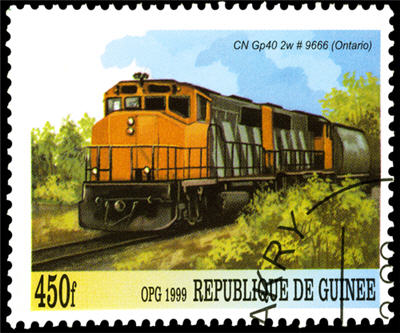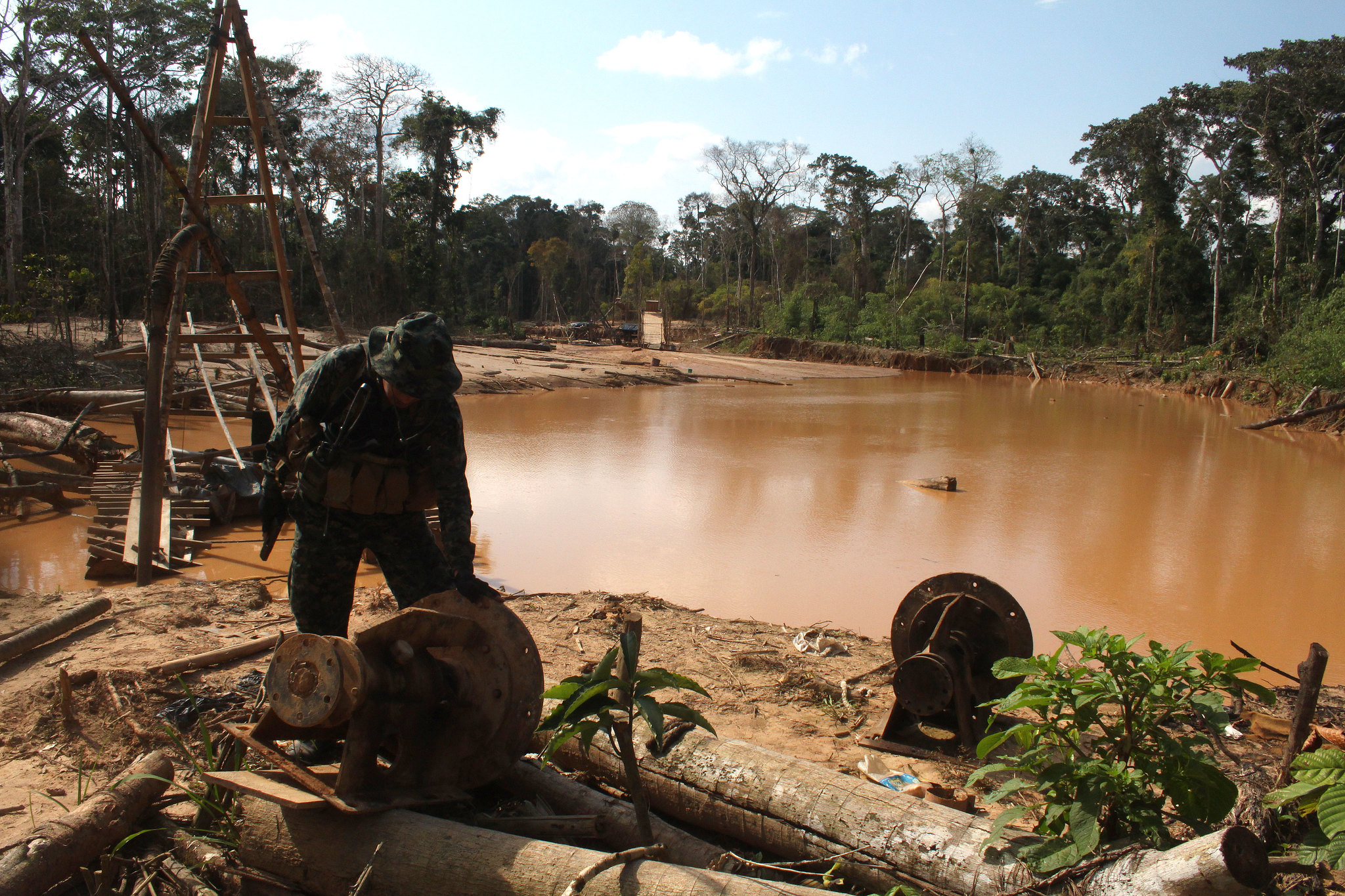Simandou railway shows how ‘politics can interfere with economics’ in Africa

Simandou is one of the richest concessions in all of mining with in excess of 26 billion tonnes of high grade ore worth more than $50 billion.
World number two miner Rio Tinto is developing the southern part of the vast mountain deposit and has already spent more than $3 billion building open pits.
The northern area is held by BSG Resources – a division of Israeli billionaire Benny Steinmetz’s diamond company – and Brazilian giant Vale.
All work on that section has been halted amid an anti-corruption probe.
At full production Rio’s Simandou mine would export up to 95 million tonnes per year – that’s a third of Rio’s total capacity at the moment – but the targeted commercial production date of 2015 remains in serious doubt.
A sticking point is the route of a railway to get the Simandou area ore to port. Rio’s plan calls for a new 700km railway across the country to the northern port of Conakry, Guinea’s capital.
The blueprint for the BSGR-Vale and the Nimba projects includes a much shorter route to the deep Buchanan port in neighbouring Liberia to the south.
Guinea is the world’s number one exporter of bauxite used in the manufacture of aluminum and the Liberia route would limit the economic benefits to Guinea, a country with a per capita GDP of only $492.
BDlive quotes African logistics giant Grindrod Capital Projects CEO Marco Raffinetti as saying the Simandou rail project is an example of “how politics can interfere with the economics of the development in Africa:”
“From a capital expenditure point of view, the cost implications of keeping the rail investment in Guinea is absolutely enormous,” Mr Raffinetti said.
“It is not the most sensible route to take, but I understand the political desire (to keep the line within Guinea’s borders).”
Raffinetti added that “an emerging trend by African governments to opt for standard gauge rail investments despite much of their existing infrastructure being narrow gauge,” is the “opposite of integration”.
According to an African Development Bank estimate the continent will need at least $940 billion to close its infrastructure gap over the next decade.
SEE ALSO: What you need to know about the Simandou anti-corruption probe
Image by Kiev.Victor
{{ commodity.name }}
{{ post.title }}
{{ post.date }}

3 Comments
Charlie
“Bulding” open pits is otherwise known as mining! Rio Tinto has actually spent 3 Billion designing open pits, evaluating the ore body and conducting extensive environmental and social impact studies.
Charlie
The railway line will not run to Conakry, but to the southern prefecture of Forecariah. see http://www.riotintosimandou.com/ENG/media/media_releases_1543.asp 20 May 2013
John VanPlantinga
They’d both be economically better off without a railway. The best way to move the ore is as slurry from pit through plant to coastal store on non ship days, direct to a sub-surface SPM on ship days, then de-water it ship side and load at a Safe Transportable Moisture. Win-Win. As there would be no economic gain for either country because there would be no port, the politicians would have to find other fish to fry. Then the shortest route from mine to deep water would pertain and economics would triumph. This would save a lot of money wasted on environmental and social impact studies also. We can conceive, design, bid and build and while we are at it eliminate the antiquated concept of trucks in their pit design. See it on our web site below.
North Eastern Mining Consultants
http://www.nemc.info
nmcmining@gmail.com